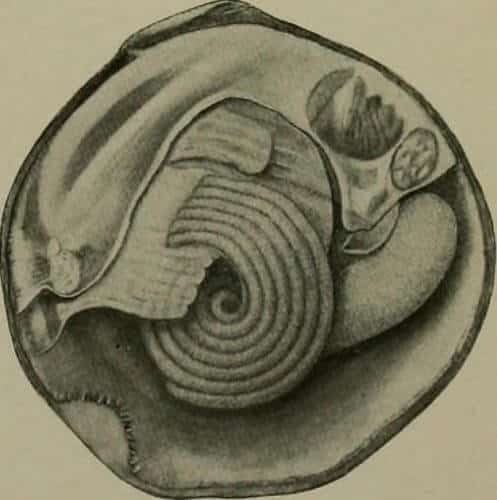Developing an effective adhesive for use during surgeries inside the body (wet environment) is a significant engineering challenge, especially when the main design highlights are the effectiveness of the adhesive, its safety (in terms of toxicity) and the need for biocompatibility

By: Dafna Haim Langford
At the University of Berkeley, they are currently working on developing a new medical glue, this time inspired by the oyster, for use in fetal surgeries.
With the support of the NIH and in collaboration with Michael Harrison, a pediatric surgeon from UCSF, engineer Messersmith from the University of Berkeley developed a glue that mimics the underwater "superglue" secreted by the oyster.
In the surgical world, operations on fetuses, designed to correct congenital defects before birth, are considered relatively new. Today, 35 years after the first successful surgery performed on a fetus, along with improvements in diagnosis and the development of dedicated surgical tools, there are more and more types of surgeries on fetuses and the number of surgeries performed each year is increasing. Over time, surgical methods have also changed from relatively invasive surgeries to minimally invasive surgeries and laparoscopic procedures.
Among the more common surgeries in fetuses are umbilical cord separation surgeries between identical twins, opening of urinary blockages that endanger the kidneys, repair of lung defects and so on. In all of these, it is necessary to cut the fetal sac in order to reach the organ that requires the surgical intervention.
Despite the progress in methods and tools, one of the significant risks in these procedures is a rupture of the amniotic sac that can lead to the leakage of amniotic fluid and premature and life-threatening birth.
Developing an effective adhesive for use during surgeries inside the body (wet environment) is a significant engineering challenge, especially when the main design highlights are the effectiveness of the adhesive, its safety (in terms of toxicity) and the need for biocompatibility.
In search of a glue that meets these requirements, the researchers turned to an oyster that produces a biological glue adapted to a wet environment. The oyster releases adhesive webs from a dedicated gland for clinging to the rock. The glue webs are actually proteins that, in contact with water, turn into a very strong glue that allows the oyster to cling to the rock even in rough and stormy sea conditions. One of the main amino acids in oyster glue is L-Dopa, an amino acid not very common in humans, best known for its role in the central nervous system and as a medicine for Parkinson's. The researchers combined the L-dopa in the medical glue they developed inspired by the oyster to create a strong and effective polymer in an aqueous environment.
Encouraged by positive initial results in ex-vivo human embryo sac tissue adhesion as well as in fetal surgeries in rabbits, the researchers believe that the oyster-inspired adhesive will be safer to use and reduce the leakage from the embryo sac. In addition, by using glue before cutting and creating a safe interface for the surgeon's work, they estimate that they will significantly reduce the level of complications in fetal surgeries.
